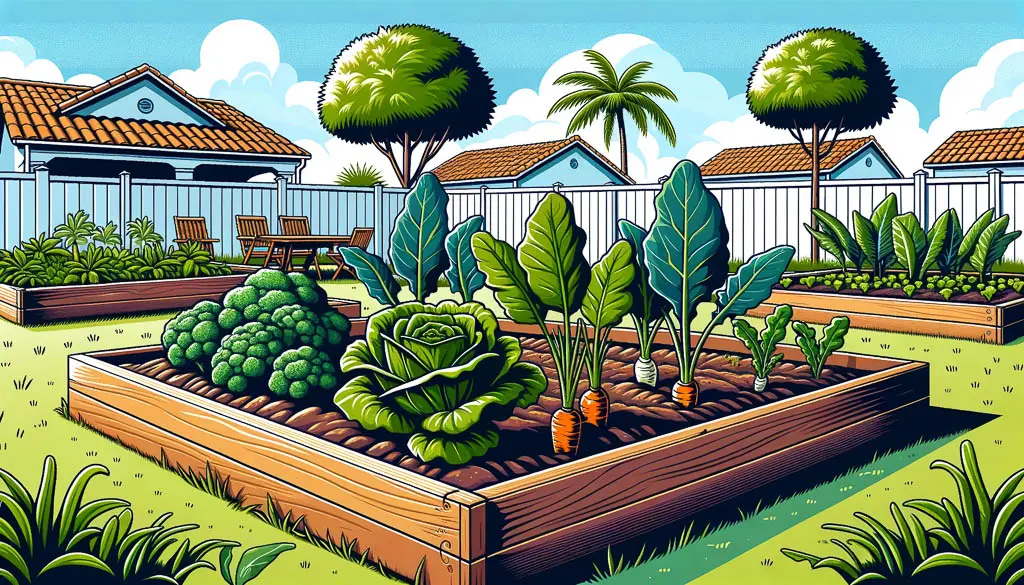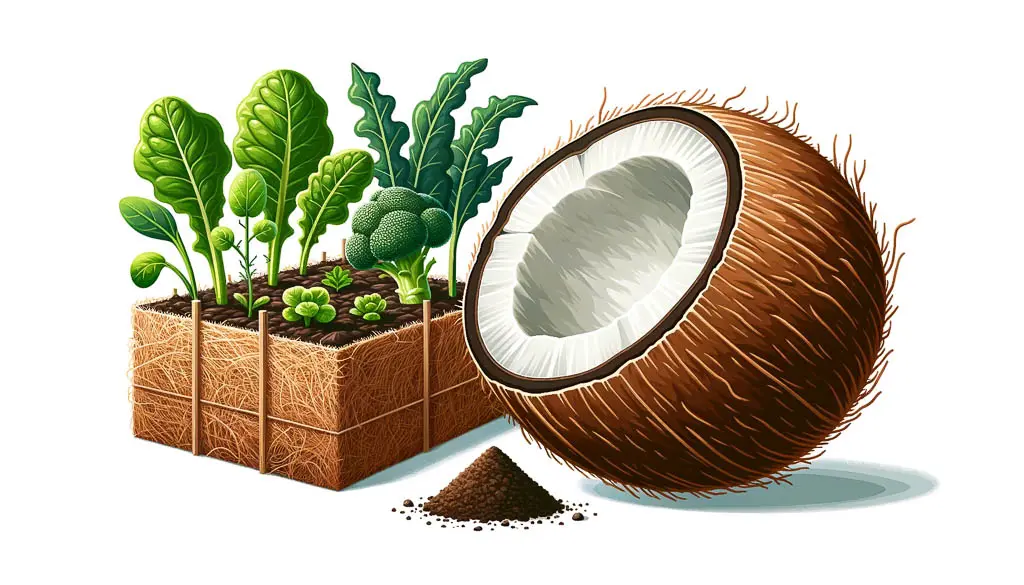by Amanda Rose Newton
As the temperatures begin to drop and the leaves change color in many parts of the country, Florida gardeners have the unique advantage of being able to enjoy a second growing season in the fall and winter months.

With a little planning and the right techniques, you can transform your Florida garden into a bountiful oasis of fresh produce that can be harvested just in time for the holidays.
In this week’s blog post, we’ll explore fall vegetable gardening in Florida, including starting seeds, using the magical sustainable ingredient known as coconut coir, and the delightful bounty you can look forward to by the holiday season.
Starting Seeds for Fall Gardening
Before you can enjoy the fruits (or rather, vegetables) of your labor in the fall, you’ll need to kick-start the process by sowing seeds. Here’s how to get started:
Select the Right Seeds
In Florida, you can grow a variety of cool-season crops during the fall.

Some popular options include lettuce, kale, collard greens, broccoli, cauliflower, and carrots. Choose seeds that are suitable for your region and the upcoming cooler weather.
Timing is Everything
The timing for starting seeds in Florida may vary depending on your specific location. In South Florida, you can begin as early as mid to late August, while in the northern parts, you may want to wait until early September. Check out our vegetable gardening info sheet for specific planting dates for your favorites.
Use Quality Seed-Starting Mix
Invest in a good-quality seed-starting mix, which provides the right balance of moisture retention and drainage.

Coconut coir is an excellent component of such mixes, as it is sustainable and retains moisture well.
Indoor Seed-Starting
Given Florida’s late-summer heat, you might want to start your seeds indoors to protect them from the scorching sun. When the seedlings are established, you can gradually acclimate them to outdoor conditions.
Utilizing Coconut Coir in Your Garden
Coconut coir is an eco-friendly alternative to traditional peat moss in the garden, which is not a renewable resource.
Here’s how you can use it to enhance your fall vegetable gardening in Florida:
Soil Conditioning
Mix coconut coir into your garden soil to improve water retention and aeration. This is especially beneficial in Florida, where sandy soils often struggle to hold moisture.
Seed-Starting Medium
As mentioned earlier, coconut coir can be an essential component of your seed-starting mix. It helps seeds germinate and provides a healthy environment for young plants.
Mulching
Apply a layer of coconut coir as mulch around your plants. It will help regulate soil temperature and reduce evaporation, keeping your garden soil consistently moist.
Sustainable Choice
Coconut coir is a renewable resource and a byproduct of coconut processing. By using it in your garden, you’re making an eco-conscious choice that helps reduce waste.

Harvesting by the Holidays
With the right care and timely planting, your fall vegetable garden in Florida can yield a splendid harvest just in time for the holidays.

Here are some of the delicious crops you can expect:
- Lettuce: Varieties like Romaine and Butterhead can be ready to harvest in as little as 45 to 60 days.
- Kale and Collard Greens: These hardy greens can be harvested continuously once they reach a mature size.
- Broccoli and Cauliflower: These cruciferous vegetables take a bit longer to mature, but their flavorful heads can be harvested by late fall or early winter.
- Carrots: Depending on the variety, carrots can be ready for harvest within 70 to 80 days.
Fall vegetable gardening in Florida is a rewarding and sustainable way to enjoy fresh produce through the holiday season. Starting seeds at the right time, using coconut coir for improved soil quality, and selecting the right crops will set you on the path to a successful fall garden.
As the temperatures cool down, your garden will flourish, providing you with a bountiful harvest to enjoy with family and friends during the holidays. Happy gardening!


